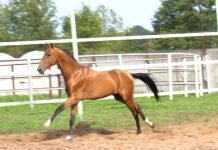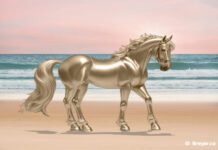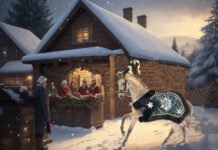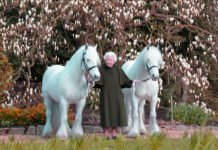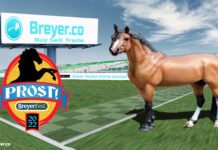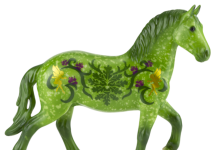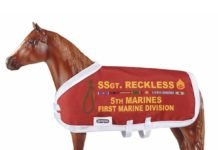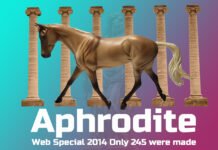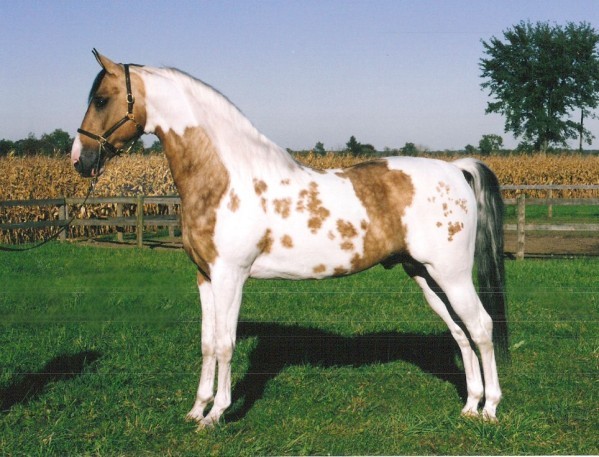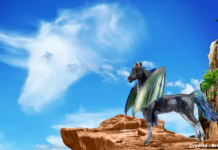When you think of a paint or pinto, what comes to your mind first? You probably picture a horse that is white with colored patches. Most of us do, but there is so much more to a painted horse when you are in the know.
There are so many terms used to describe paint horses, however, in actuality there are only four coat patterns that are recognized in pinto horses.
Before we explain the four coat patterns, let’s get a couple of general terms out of the way that you may hear often mentioned when discussing pintos. One term is Piebald, which simply refers to a black and white horse. The other is Skewbald, which refers to a white horse with any color other than black. These two terms are good to eliminate from your horse vocabulary since they are far too limiting when describing a pinto horse properly.
So, how do we describe a pinto properly in the horse world? Simply by knowing the four color patterns in pinto horses! You ready? The four recognized coat patterns in pinto horses are tobiano, sabino, overo and splash white. Another term you may hear is tovero, but it is not a seperate coat pattern since it is actually the combination of tobiano and overo.


In a tobiano, the head is dark with normal facial markings. The legs will always be white, which can be extensive, extending up onto the belly or flank of the horse. The dark coloring usually covers one or both flanks with white crossing over the back between the withers and tail. If there is white on the hip, the tail will usually be two-toned. White tends to flow from the topline down usually on the neck, shoulder and hip areas. Markings can be different on both sides of the horse and the colored patches will be smooth or have mapping (blue or roaned edges).


The sabino coat pattern is sometimes called the sabino roan since it can have roaning in its color. Clydesdales are best know for this coat pattern. The sabino will have a wide white blaze or a bald or apron face and it’s common to see a white lower lip. There can be one or more legs with stockings that can extend very high up the leg to the elbow or stifle and end in a point. The underbelly may be flecked with patches of white with speckled or broken edges, sometimes appearing lacy.


An overo coat pattern is when the body consists of one solid color and the face will have extensive white markings. White patches will begin along the sides, but rarely ever cross the topline (area between withers and tail). One or more legs will be darkly colored and blue eyes are common. the edges of the patches can be hard and crisp (framed overo) or jagged and lacy with mapping or roaning (rosette overo).


Finally, the splash white coat pattern sounds just like its name and it looks like the horse has been dipped in white paint that covered its legs and head. This horse can be mostly white or solid in color and the tail will be white at the same point where the body color ends. Blue eyes are common on this pattern.
Wow! I know that is a lot to learn and it can be very confusing. I, myself, always look for little things to remember that would help me in deciding which coat pattern a pinto is exhibiting. Here’s what I came up with:
- Tobiano – All four legs will always be white and white crosses the topline.
- Sabino – Usually white lower lip, lacy appearance to patches
- Overo – Dark color always covers the topline (no white crosses “overo” the back) and always has one or more solid legs.
- Splash White – Always looks dipped in white paint on undersides and face.
Hope you had fun learning about the coat patterns of our beautiful pinto horses. Now go test your knowledge by practicing with your horse friends or challenge yourself with pictures, your Breyer models or live horses out in the field. Have fun!



